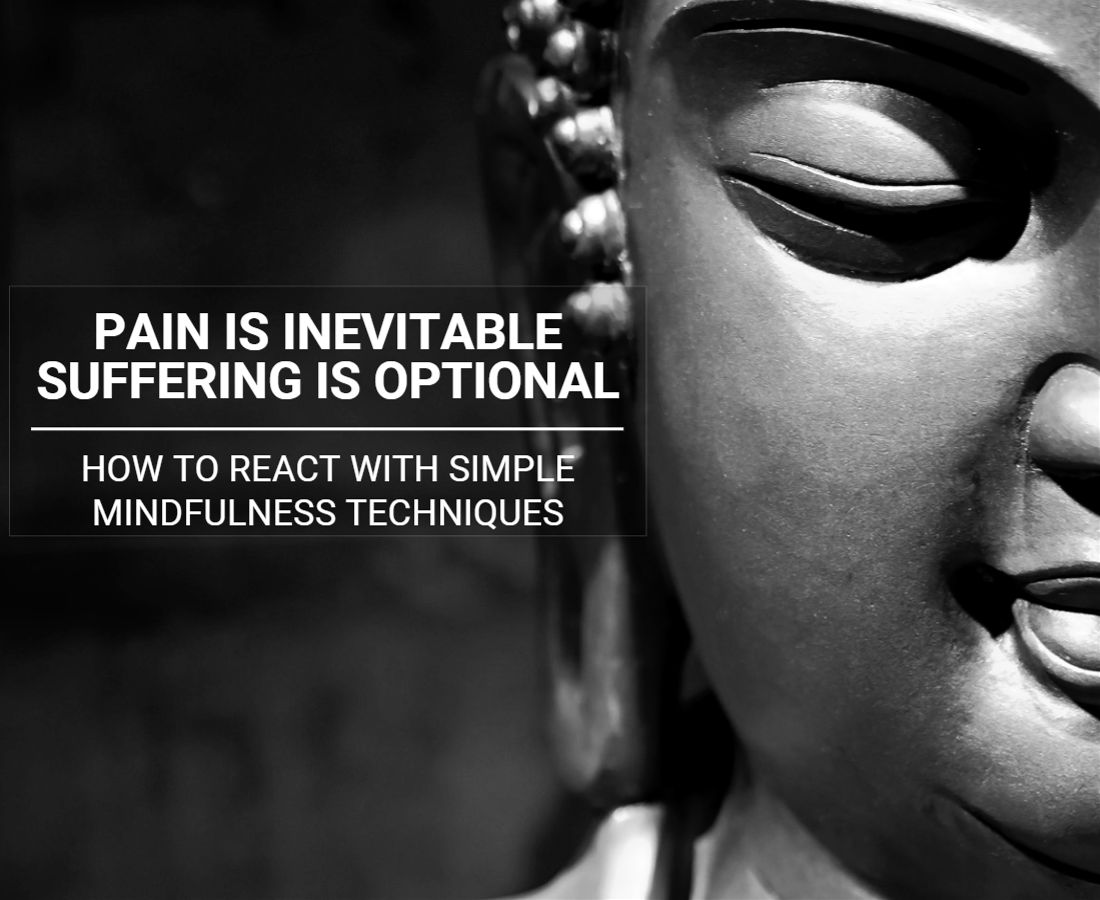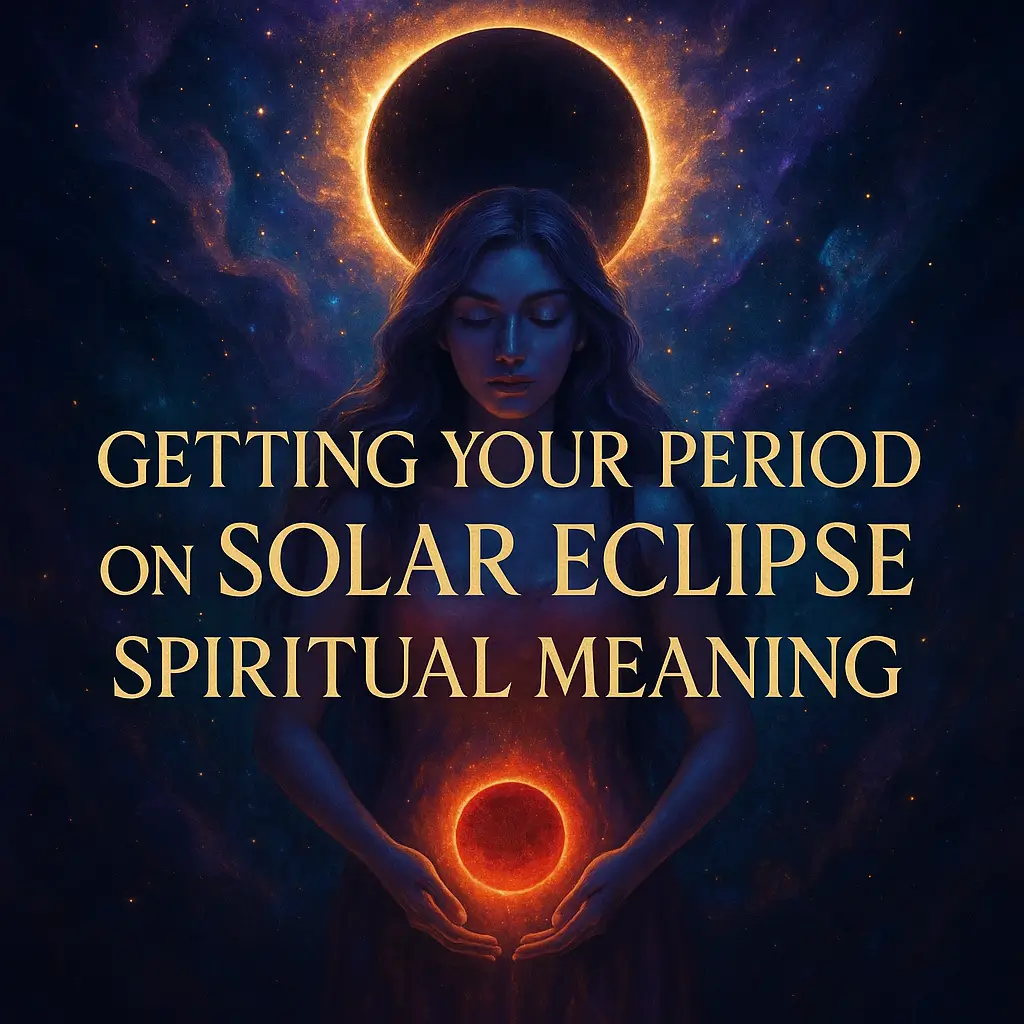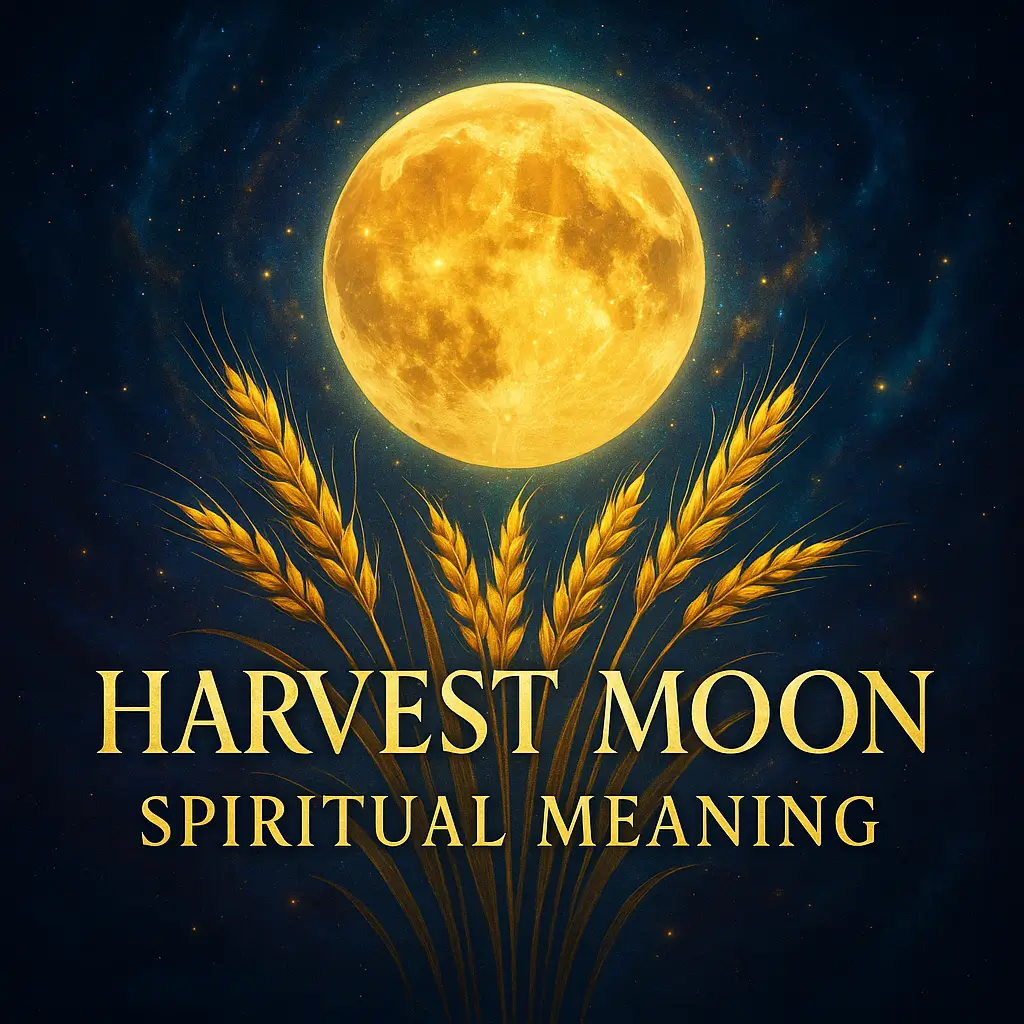Have you ever wondered what is the purpose of the pain we experience? And why is there a need for it in this otherwise spectacular universe?
The duality theory says that everything in this universe consists of two opposite, equal halves. Dark and light; life and death; ease and pain. They all come in sets of twos and together make the magnificent whole. This means that if one (half) exists, it’s a confirmation of the presence of the other half.

So, pain is as much a part of this reality (the human experience) as happiness or pleasure, or some other emotion.
This brings us to a profound Buddhist saying — pain is inevitable, and suffering is optional.
These words remind us that, as humans, we just cannot escape the pain. Even trying to avoid it is a futile attempt.
Things will happen, and not all of them will always be under your control. The negative experiences are going to expose you to pain.
But! Just because you are being exposed to pain doesn’t mean you have to suffer!
Just as a candle cannot burn without fire, men cannot live without a spiritual life.
– Buddha
Table of Contents
- 1 Pain and Suffering — How Are They Different?
- 2 How To Transform Suffering through Mindfulness?
- 3 Are you curious about what limitlessness feels like?
- 4 Frequently Asked Questions
- 4.1 What is the difference between pain and suffering according to Buddhist philosophy?
- 4.2 How does the pain-body concept explain why we suffer from past trauma?
- 4.3 Why is mindfulness considered the ultimate solution for transforming suffering?
- 4.4 What is the R.A.I.N technique and how does it reduce emotional suffering?
- 4.5 How can mindful breathing instantly reduce anxiety and emotional overwhelm?
- 4.6 Why does gratitude rampage work to transform negative emotions and suffering?
- 4.7 What does duality theory say about pain’s role in human experience?
- 4.8 How does nature immersion help transform emotional overwhelm through mindfulness?
- 4.9 What role does consciousness play in choosing suffering versus experiencing pain?
- 4.10 At what point does suffering become redundant and how do you know you’ve learned its lessons?
Pain and Suffering — How Are They Different?
Eckhart Tolle explains suffering by the use of the term — the pain-body. Whenever we go through some emotional trauma (or pain); that particular experience leaves a slight residue that gets activated whenever we get caught between similar emotions. Emotions we feel are the body’s reaction to what’s going on in our minds.
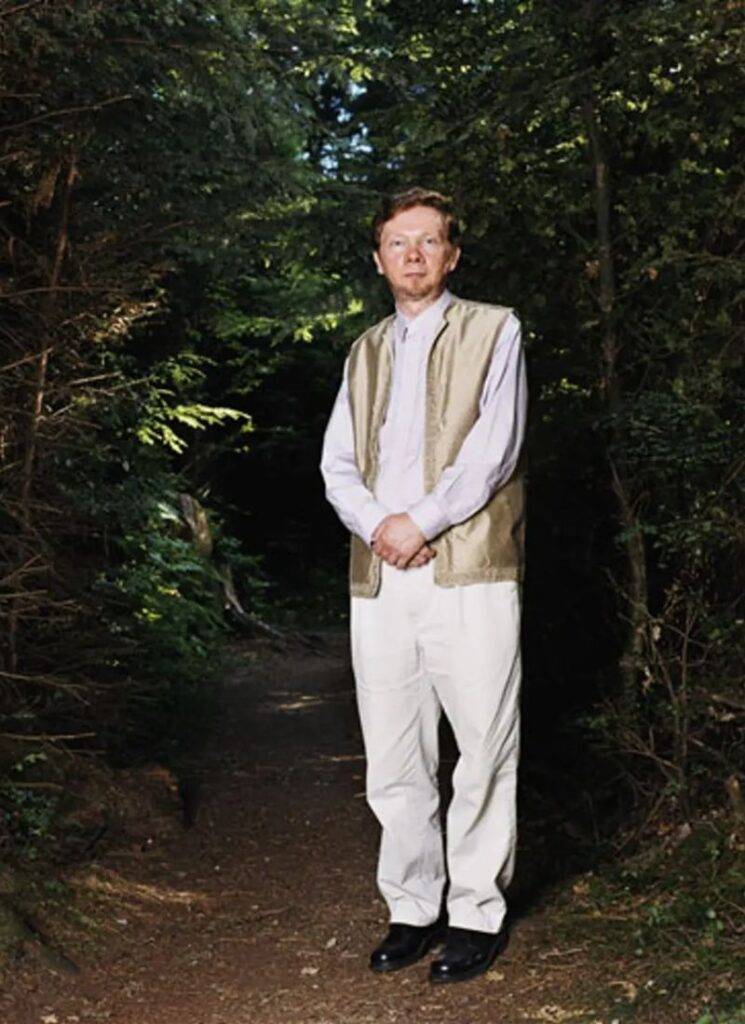
Suffering is NOT a part of life. It doesn’t have to be. You suffer because you choose to. Putting it in simple words, pain is what happens to you. But suffering is how you react to that pain. That’s the difference between these two.
It’s our consciousness that separates us from other living beings on our planet. Our evolved consciousness means that we are free to build our perspective about life and its events.
Some person or some event can cause you physical pain or emotional distress. But they don’t have the power to make you suffer. You suffer when you get too attached to the pain and let your mind run wild with all the possible meanings it could carry for your life journey. If you could treat that incident just as any other event without looking at it from an emotional lens — you surely would not suffer.
How To Transform Suffering through Mindfulness?
Now that we are clear that pain will be there in your life no matter what you do, it’s a good idea to rather direct our energies to (countering) things that we can actually control. So, a more balanced and empowered approach will be to focus instead on how you can eliminate the suffering resulting from that pain.
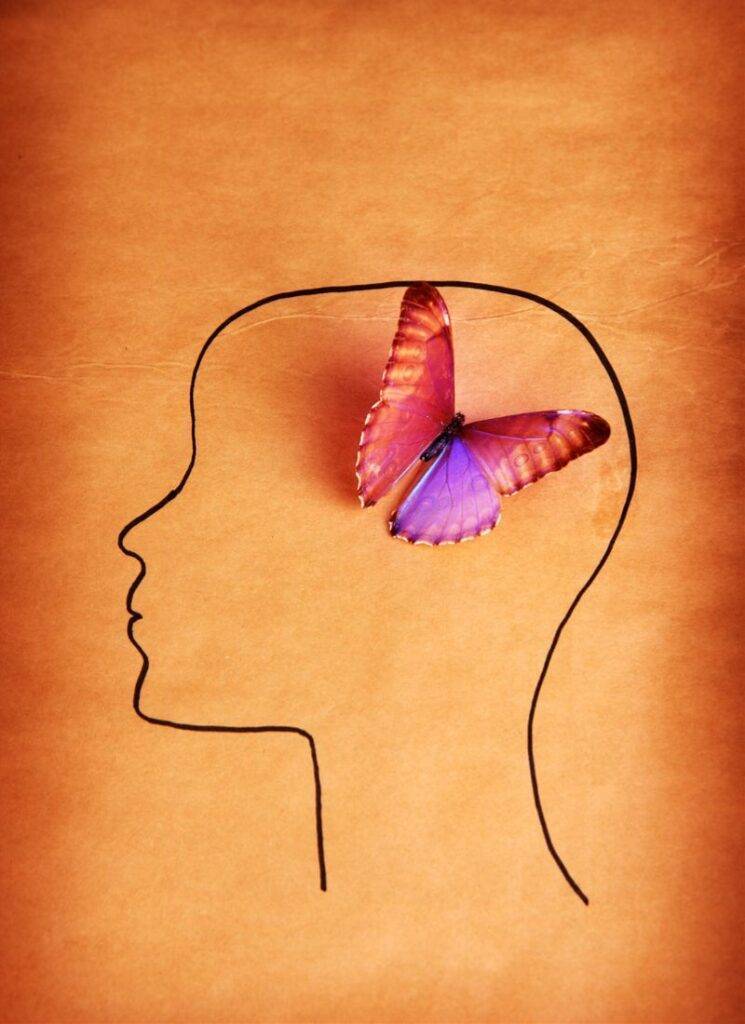
Eckhart Tolle suggests that we create our own suffering through our dysfunctional thoughts and emotions. While suffering is a tool that helps your awareness grow sharper, after a certain point, however, becomes redundant.
There is no use in suffering after you have learned the lessons it intends to teach you. In such a scenario, you need to work on relieving yourself of that misery.
If you went around the world, visiting the most enlightened monks and sages in the world and asking them for a cure to suffering, without a doubt, they would tell you to try mindfulness.
Mindfulness is the practice of being fully present in the now. The present moment that’s just passing you by. This moment is your salvation from all the suffering that has exhausted you mentally and energetically.

A publication in the journal of Contemporary Buddhism says that “mindfulness transforms suffering through changes in what the mind is processing, changes in how the mind is processing it, and changes in the view of what is being processed.”
When we are aware of the present moment, our mind is deeply immersed in the now, so it’s free from the stories (of not being good enough, of past mistakes, etc) we tell ourselves.
It’s like we give our mind a break from the constant critique and mind chatter, and it’s the only way to let go of suffering.
Below we are listing down a few simple mindfulness techniques you can use to achieve that tranquil state of mind where no pain (no matter how big it is) can make you suffer without your consent.
Mindful Breathing
The easiest and the most powerful way to escape suffering and emotional turmoil, INSTANTLY, is by using your breath as a tool to ground yourself in the present moment.

These are the steps to do a quick session of mindful breathing:
- During your busy schedule in the day, take out 5 minutes and find a place to do this practice.
- If it’s easy and possible, sit down and close your eyes.
- Shift your focus to your breath.
- Notice every inhale and exhale without judging it or labeling it.
- Do this mindful breathing for at least 5 minutes at a time.
This quick practice will calm your anxiety and will activate your parasympathetic nervous system immediately. Check out some more breathing techniques in regard to chakras here.
The R.A.I.N Technique
RAIN is an acronym for Recognize, Allow, Investigate, and Non-Identify. It’s a great mindfulness hack explained by Tara Brach in her book called Radical Acceptance.
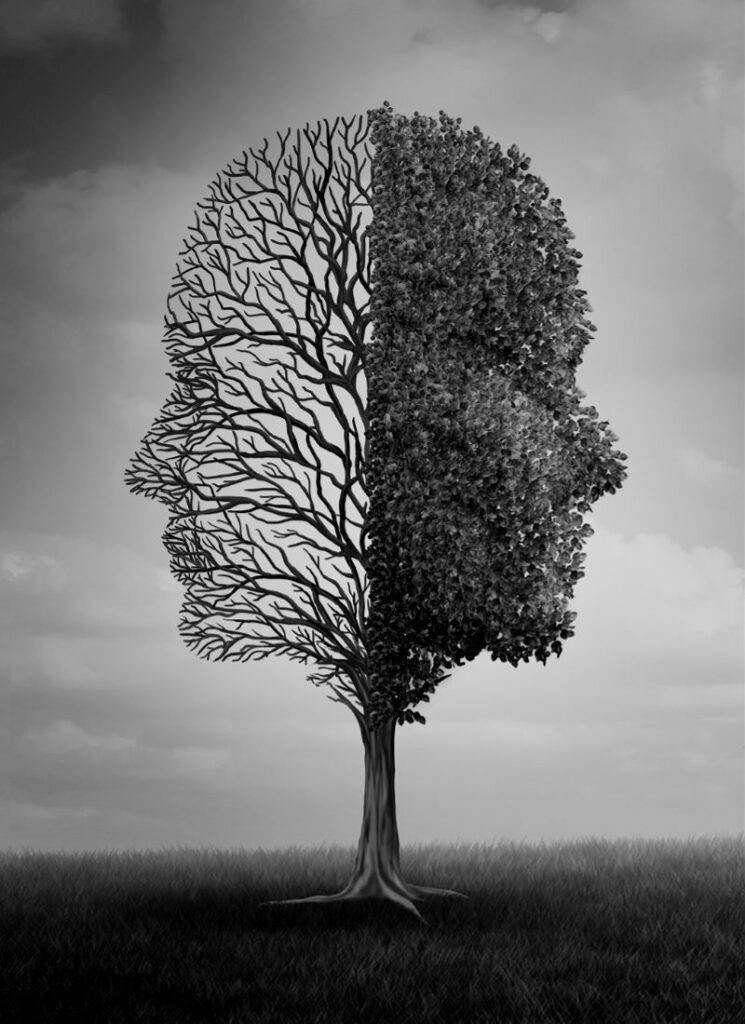
Whenever you are in the midst of a mental upheaval, here is what you have to do:
- Recognize that strong emotion is present or arising in your awareness.
- Then acknowledge that it (the emotion) really is there and allow it without judgment.
- Next, investigate how that strong emotion is impacting your feelings, body, and your mind. A few seconds of mindful observation will get you there.
- The last and most important step in this protocol is to disidentify the emotion. When you don’t identify with the emotion, you give your brain a chance to view it from an emotionally detached lens.
RAIN is a practical tool that you can use to create a comfortable distance between you and the intense emotion arising in your consciousness.
Pain Is Inevitable Suffering Is Optional – use “Gratitude Rampage”
We suffer because our mind likes creating disempowering stories around certain experiences, and our naive self loves believing in the drama that it plays out for us.

But the truth is that most of these stories have no basis in reality and are just a figment of our imagination.
Gratitude is a powerful emotion capable of instantly transforming our perspective and mental state. If you decide to feel grateful for a few moments, your mind automatically going to detach from the feelings that were the cause of your agony. A gratitude rampage is an amazing mindfulness hack.
“We suffer more in imagination than in reality.”
— Seneca
All you have to do is mentally make a list of things you can feel thankful for right at this moment. These can be the most obvious things (like your eyesight, the air you breathe in, or your family); as well as the more specific ones (like a job you might have landed or an unexpected favor from a loved one).
Make sure to give this practice 5-10 minutes of your time every day, and slowly, you will see that your mind will start focusing on the present moment and the positive aspects of life.
Taking A Stroll in Nature
Nature has a strong, positive vibration, and being in nature (amongst the trees, birds, and water bodies) is an incredibly grounding experience for your nervous system.

Whenever you feel too overwhelmed by your emotions or thought patterns, go out and sit in a park or some other place where you can observe nature for a while.
- Put your phone on silent mode and immerse all your senses in the present moment.
- Notice, what sounds do you hear?
- What colors do you see? Are they vivid or dull?
- Are there any shadows you see?
- How does the breeze brush against your skin?
This is another powerful mindfulness technique that gives your mind a break from the monkey chatter, increases your rate of relaxation, and gives you time to see things from a wider, empowering perspective.
Are you curious about what limitlessness feels like?
If you’re interested in meditation, manifestation, psychology, altered states of consciousness, and pushing the boundaries of your reality, then the Silva Ultramind System is your key to unlocking the hidden potential of your mind.
With over 6 million students in 110 countries, The Silva Method is a tried and true formula for success. This powerful system is based on the teachings of Texan radio engineer Jose Silva, who developed the method in 1960.
I took the course myself and wrote a review about it, you can find it below.
[Video] Don’t Suffer More Than Needed
Frequently Asked Questions
What is the difference between pain and suffering according to Buddhist philosophy?
Pain is inevitable and happens to you through physical or emotional experiences. Suffering, however, is optional and stems from your mental reaction to pain. You suffer when you attach emotional significance to pain and let your mind create disempowering stories around it, rather than simply observing the experience objectively.
How does the pain-body concept explain why we suffer from past trauma?
Eckhart Tolle’s pain-body theory suggests emotional trauma leaves residual energy that reactivates when facing similar emotions. This stored pain becomes a reactive pattern your body automatically triggers, perpetuating suffering. Awareness and mindfulness help break these unconscious cycles by observing them without identification.
Why is mindfulness considered the ultimate solution for transforming suffering?
Mindfulness anchors your awareness in the present moment, freeing your mind from ruminating about past mistakes or future fears. When fully present, you transcend the mental narratives that fuel suffering. Research shows mindfulness transforms suffering by changing what the mind processes and how it processes it.
What is the R.A.I.N technique and how does it reduce emotional suffering?
R.A.I.N stands for Recognize, Allow, Investigate, and Non-Identify. This technique helps you observe intense emotions without judgment, investigate their physical impact, then disidentify from them. By creating emotional distance, you gain perspective and prevent emotions from controlling your mental state and fueling suffering.
How can mindful breathing instantly reduce anxiety and emotional overwhelm?
Focusing on your breath grounds you in the present moment and activates your parasympathetic nervous system, which naturally calms anxiety. Just five minutes of observing each inhale and exhale without judgment interrupts stress patterns and releases you from the mental stories causing emotional turmoil.
Why does gratitude rampage work to transform negative emotions and suffering?
Gratitude shifts your mental focus from painful narratives to positive aspects of life, instantly changing your neurological state. When you consciously feel thankful for existing blessings, your mind automatically detaches from suffering and reframes your perspective toward empowerment and abundance.
What does duality theory say about pain’s role in human experience?
Duality theory states everything in the universe exists in opposite pairs—dark and light, life and death, pain and pleasure. Pain is an essential counterpart to joy, making it an integral aspect of the complete human experience. Accepting this natural balance reduces resistance to pain’s presence.
How does nature immersion help transform emotional overwhelm through mindfulness?
Nature’s positive vibration and sensory richness ground your nervous system and interrupt mental rumination. By engaging all five senses in natural environments, you anchor awareness in the present moment, quieting mind chatter and allowing perspective shift from emotional reactivity to calm observation.
What role does consciousness play in choosing suffering versus experiencing pain?
Your evolved human consciousness gives you the freedom to build perspective about events and their meanings. While you cannot control external pain, your conscious choice about how to interpret and respond to it determines whether you suffer. This awareness is your key to freedom from unnecessary suffering.
At what point does suffering become redundant and how do you know you’ve learned its lessons?
Suffering serves growth until you’ve extracted its lessons and wisdom. Once you understand the teaching, continuing to suffer becomes counterproductive. You recognize this point through mindfulness—when you observe the emotion no longer teaches you anything new, that’s your signal to actively release and transform it.
